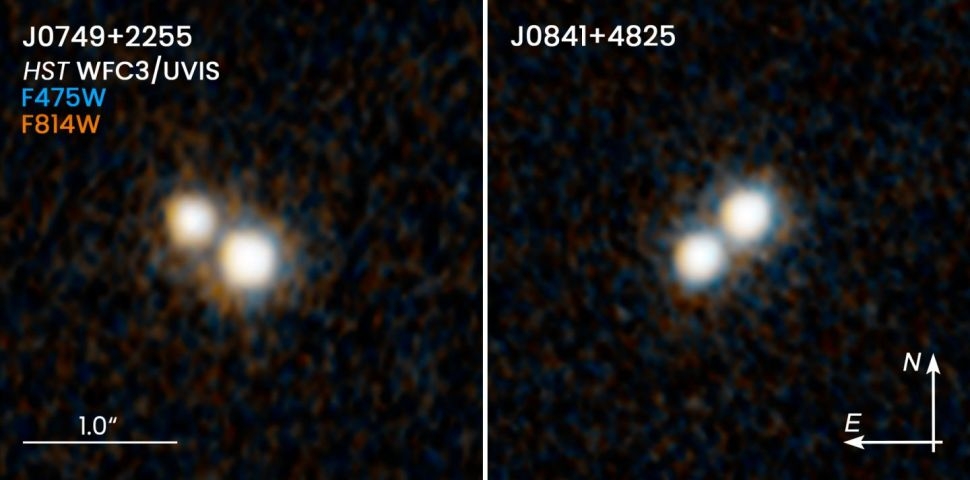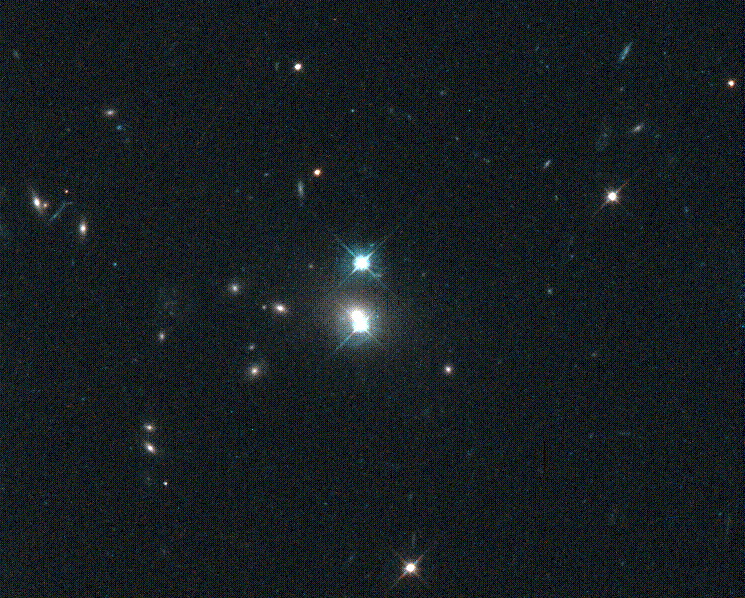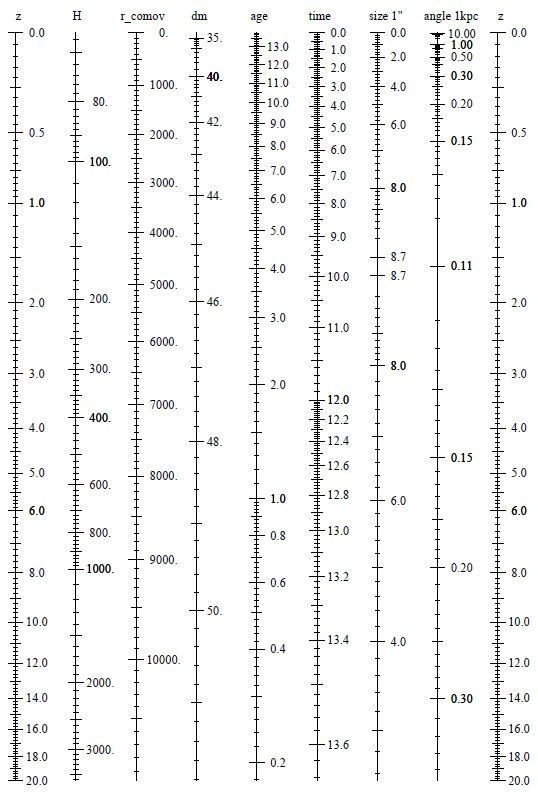Nasa's Hubble Telescope Spots Double Quasars in Merging Galaxies
The Hubble Space Telescope (HST) has discovered the most distant and hence oldest systems of binary quasars.

Quasi-stellar objects, or quasars, are a type of Active Galactic Nucleus. Their host galaxies exhibit an extremely luminous core, due to the energy released by the supermassive black hole at the centre; this made them some of the first objects to be discovered outside of our own Milky Way. Now telescopes have the power to pierce further and further into space – recently the most distant quasar PSO J172.3556+18.7734 was detected, thought to have formed within the first billion years of the Universe’s existence. The European Space Agency’s GAIA space telescope and “terrestrial” telescopes from the Sloan Digital Sky Survey have helped map the quasar population, what’s more they reduced a list of potential double quasars to just 13 for the HST to check. More precisely, double quasars appear close to each other from Earth, while binary quasar specifically refers to double quasars close to each other in space, which has more interesting consequences for the host galaxies.

It is important to note that quasars were used to demonstrate one of the effects predicted by Einstein’s theory of generally relativity: gravitational lensing. In the image above, what you see isn’t a double quasar – it’s the same one, a galaxy in the foreground distorts the light from quasar QSO 0957+561. This was demonstrated by seeing that the “two” objects have exactly the same redshift and spectrum. While it is a possibility that Hubble’s findings are also produced by a lensing effect, the probabilities for that are very low. At a redshift of about 2, close to the first pair’s, quasar activity was at its peak, while there are less quasars identified below a redshift of 2.8, reducing the probability even further in the latter case. Redshift, in cosmology, can be understood as a measure of distance and time; in the graph below, you can compare the first column “z” that gives the redshift to the “age” of the Universe or the “r_comov” distance in megaparsec (1 Mpc is of the order of 1019 km). At z = 2, we are talking about objects which formed when the Universe was just 3 billion years old – 10 billion years ago, which makes the HST’s images those of the earliest binary quasars.

In both pairs observed by the HST, the quasars are only about 10 000 light-years apart. This is not as large as it may sound, the Solar System is located about 26 000 light-years away from the Milky Way’s central black hole. Therefore, this is good evidence that these quasars’ host galaxies were in the process of merging, an unsurprising result considering the epoch of peak quasar activity they find themselves in. Yet this has exciting implications: studying supermassive black hole mergers in the early Universe will help understand the formation of these enormous objects. It is thought that these matter-devouring black holes eventually “calm down” because they have consumed all the gas and dust surrounding them. Additionally, it is possible for the merger between the Andromeda Galaxy and our own galaxy in about 4.5 billion years to provoke the formation of a quasar, more precisely to reignite the Milky Way’s supermassive black hole.
The HST had an estimated 1/1000 chance to make this observation and did it. Seeing supermassive black holes in quasars merging gives clues about these object's evolution, and possibly the evolution of our own galaxy.
Cover Image: Artist illustration, NASA, ESA, AND J. OLMSTED (STSCI)
Image Credits:
1 - NASA, ESA, H. Hwang and N. Zakamska (Johns Hopkins University), and Y. Shen (University of Illinois, Urbana-Champaign)
2 - Quasar Lensing, W. C. Keel & G. Rhee for UA Astronomy Personal Home Page - Bill Keel
3 - Redshift cosmological calculator, S. V. Pilipenko
